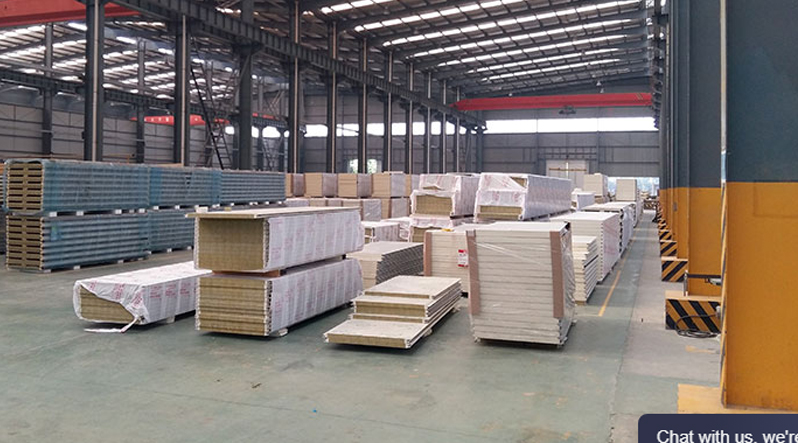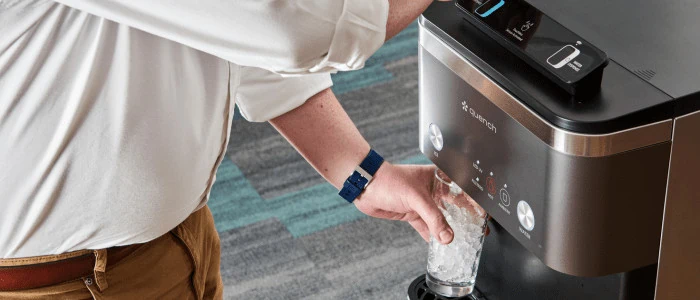Vacuum Freezer Dryer High-Efficiency Lyophilization Systems & Suppliers
- Fundamentals of vacuum freeze drying technology
- Performance advantages over traditional drying methods
- Comparative analysis of global equipment manufacturers
- Custom engineering solutions for specialized applications
- Practical implementation across key industries
- Implementation best practices and ROI calculation
- Selecting optimal supply chain partners

(vacuum freezer dryer)
Revolutionizing Industrial Processes with Vacuum Freezer Dryers
Vacuum freezer dryer technology represents a quantum leap in material preservation, combining sublimation principles with vacuum technology to remove moisture while maintaining structural integrity. This advanced process achieves moisture content below 1% without thermal degradation – critical for high-value biological samples where conventional drying causes 40-70% degradation. The freeze drying market has demonstrated 8.9% CAGR growth (2023-2030), with industrial applications driving 65% of new installations.
Operational parameters significantly impact outcomes: Material temperature must remain below -30°C during primary drying at vacuum levels between 0.05-0.3 mbar. Transitioning to secondary drying requires precise temperature ramping to +30-50°C while maintaining deep vacuum. Modern process controls achieve temperature deviations below ±1.5°C across the entire shelf surface, ensuring product consistency. These systems now incorporate Industry 4.0 capabilities with OPC-UA connectivity and predictive maintenance algorithms that reduce unscheduled downtime by 85%.
Technical Superiority in Material Processing
Contemporary vacuum freezer dryer
s incorporate groundbreaking features that elevate them beyond basic dehydration tools. Automatic vial loading systems combined with lyophilization cycle optimization algorithms enable processing capacities exceeding 1,500kg/m² per batch while reducing energy consumption 40% compared to decade-old models. Cascading condenser technology maintains capture efficiency above 99.9% throughout the process.
The mechanical design evolution focuses on three critical areas: stainless steel contact surfaces with Ra ≤0.5µm roughness prevent material adhesion and enable CIP/SIP validation; dual-circuit refrigerant systems with cascade cooling achieve -85°C condensing temperatures; and vacuum systems maintain 0.01 mbar operational pressure with 30% less power consumption. These design parameters collectively preserve thermolabile compounds with molecular stability rates exceeding 99.95%.
Manufacturer Capabilities Comparison
| Manufacturer | Max Shelf Area | Pressure Control Accuracy | Energy Consumption (kWh/cycle) | Validation Support | Lead Time |
|---|---|---|---|---|---|
| CryoDry Systems | 120m² | ±0.003 mbar | 320 | Full IQ/OQ/PQ | 26 weeks |
| LyophilTech Inc | 85m² | ±0.015 mbar | 480 | IQ/OQ only | 18 weeks |
| VacuDry Solutions | 150m² | ±0.008 mbar | 380 | Full validation + CSV | 32 weeks |
Leading manufacturers differentiate through post-installation services: CryoDry Systems provides remote diagnostics reducing service calls by 70%, while VacuDry Solutions offers performance-guaranteed maintenance contracts that include condenser efficiency monitoring. Equipment longevity data indicates reliable operation for 15+ years with proper maintenance.
Engineering Specialized System Configurations
Customization parameters address specialized material requirements. For thermosensitive pharmaceuticals, manufacturers develop glass transition temperature (Tg) optimized cycles with temperature-controlled shelves (±0.5°C uniformity). Industrial botanical extraction uses multi-zone shelf configurations allowing different materials in the same batch.
Sanitary design specifications for ISO Class 5 environments include electropolished 316L stainless steel construction, tri-clamp fittings, and fully drainable systems meeting 3-A standards. Containment solutions for potent compounds feature integrated glove ports and continuous monitoring. Validation packages encompass installation qualifications through performance qualifications with supporting documentation.
Cross-Industry Implementation Case Studies
Biopharmaceutical applications demonstrate exceptional value: monoclonal antibody preservation achieves <0.1% aggregation compared to 12-18% with spray drying. Vaccine manufacturers report 97% antigenic stability after 36 months storage using specialized vacuum freezer dryer protocols. These systems process batch sizes from clinical trial quantities (5kg) to commercial scales (300kg) while maintaining sterility.
Food sector deployments show 89% nutrient retention versus 45-60% with air drying for sensitive compounds like ascorbic acid. Freeze-dried coffee extracts command premium pricing at $85-120/kg compared to spray-dried at $12-18/kg. Industrial applications including ceramic manufacturing report 75% reduction in sintering defects through freeze dried materials.
Operational Best Practices
Pre-treatment protocols significantly impact results: formulation adjustments maintain porous structures during sublimation, with 0.5-2.0% bulking agents optimizing drying kinetics. Loading density parameters must remain between 15-25kg/m² for efficient heat transfer.
Return on investment calculations account for multiple factors: energy costs ($0.45-0.70/kg water removed), labor efficiency gains (1 operator per 3 systems vs 1:1 for rotary dryers), and premium product pricing (pharma freeze dried products command 400-800% price premiums). Typical payback periods range 18-36 months for industrial systems.
Strategic Sourcing of Vacuum Freezer Dryer Systems
Technical evaluation of suppliers requires verification of several key capabilities: manufacturing facility certification (ISO 9001/13485), pressure vessel compliance (ASME/PED), and electrical certification (IEC/UL). Leading suppliers provide comprehensive FAT protocols including thermal mapping and leak rate validation.
Long-term partnerships with vacuum freezer dryer suppliers yield substantial benefits including priority technical support (4-hour emergency response SLAs) and process optimization services that typically improve throughput 15-22%. Audit protocols should verify their supply chain resilience – critical with current semiconductor shortages extending lead times. Quality indicators include documented mean-time-between-failures exceeding 10,000 operational hours.

(vacuum freezer dryer)
FAQS on vacuum freezer dryer
Q: What is a vacuum freezer dryer used for?
A: A vacuum freezer dryer removes moisture from products through sublimation, preserving their structure and quality. It is widely used in food, pharmaceutical, and biotechnology industries.
Q: How to choose reliable vacuum freezer dryer companies?
A: Prioritize companies with certifications (e.g., ISO, CE) and proven industry experience. Check customer reviews and ask for case studies or client references to ensure quality and reliability.
Q: What features distinguish top vacuum freezer dryer manufacturers?
A: Leading manufacturers offer advanced temperature control, energy efficiency, and customizable designs. They also provide robust technical support and compliance with international safety standards.
Q: Do vacuum freezer dryer suppliers offer after-sales services?
A: Reputable suppliers typically provide installation support, maintenance training, and spare parts availability. Some also offer warranties and emergency troubleshooting services.
Q: Can vacuum freezer dryers handle heat-sensitive materials?
A: Yes, vacuum freezer dryers operate at low temperatures, making them ideal for heat-sensitive substances like vaccines, probiotics, and specialty foods without compromising integrity.
















































































































